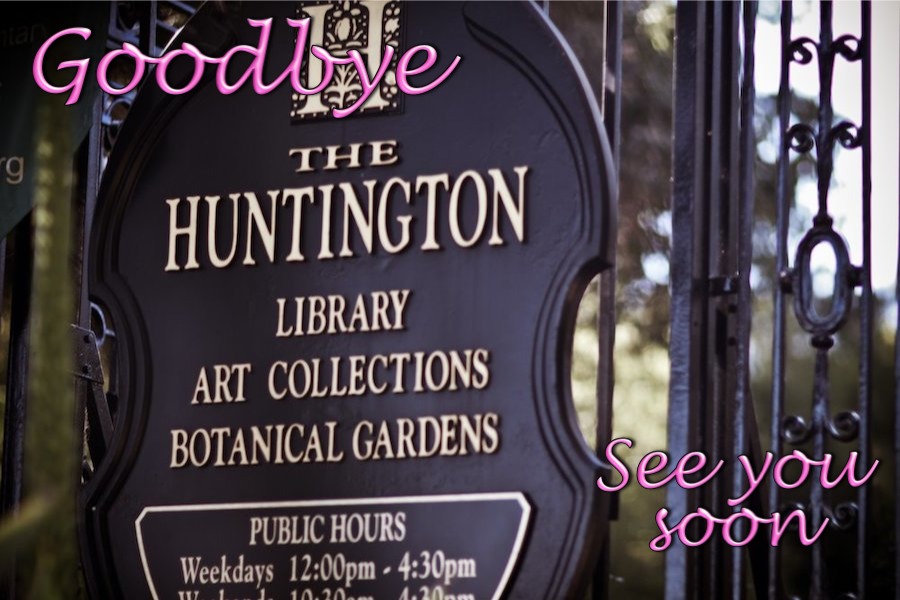Off To Visit The Desert Gardens 2/23/2014 (Page Three)
Now we are off to the desert gardens... A quick walk before heading home! We are pretty good walkers. Greg told us about his grandma....

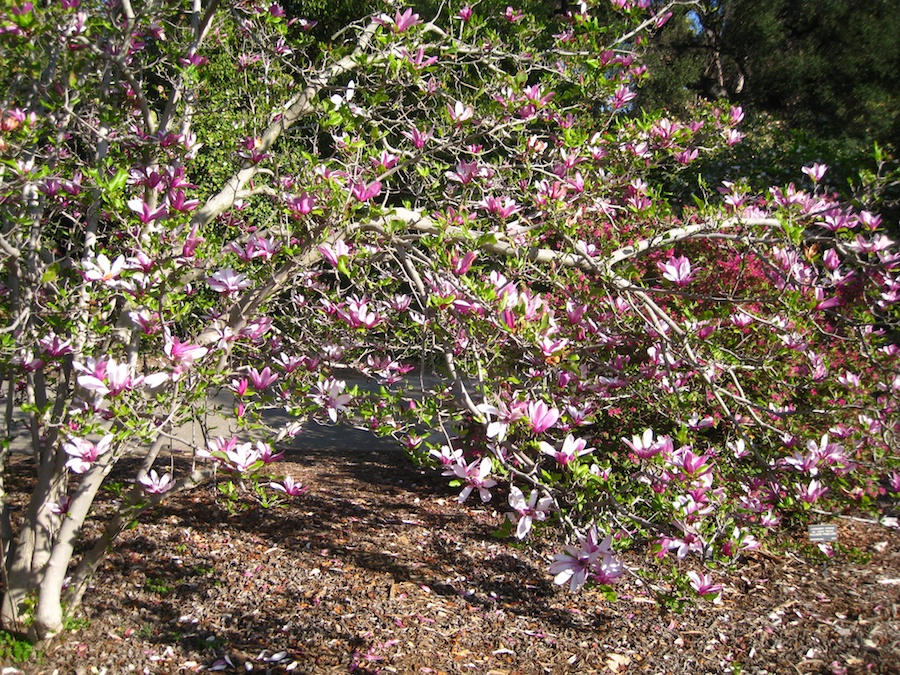
Quite different than the subtropical hot houses
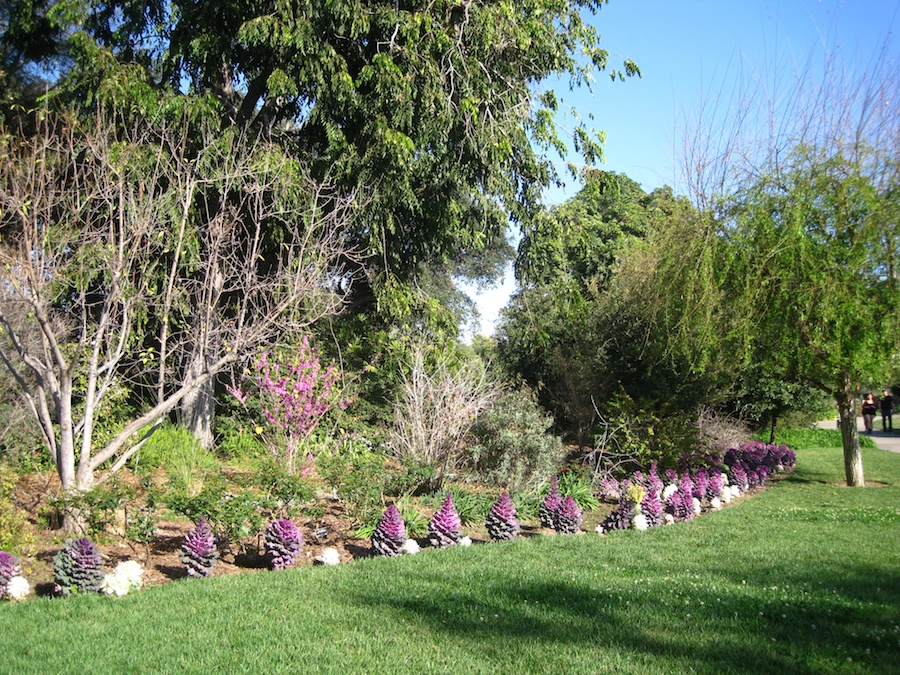
The decorative cabbage was well in bloom

We qualify... Specially Greg who is the provider of the
cabbage for St. Patrick's Day this uear
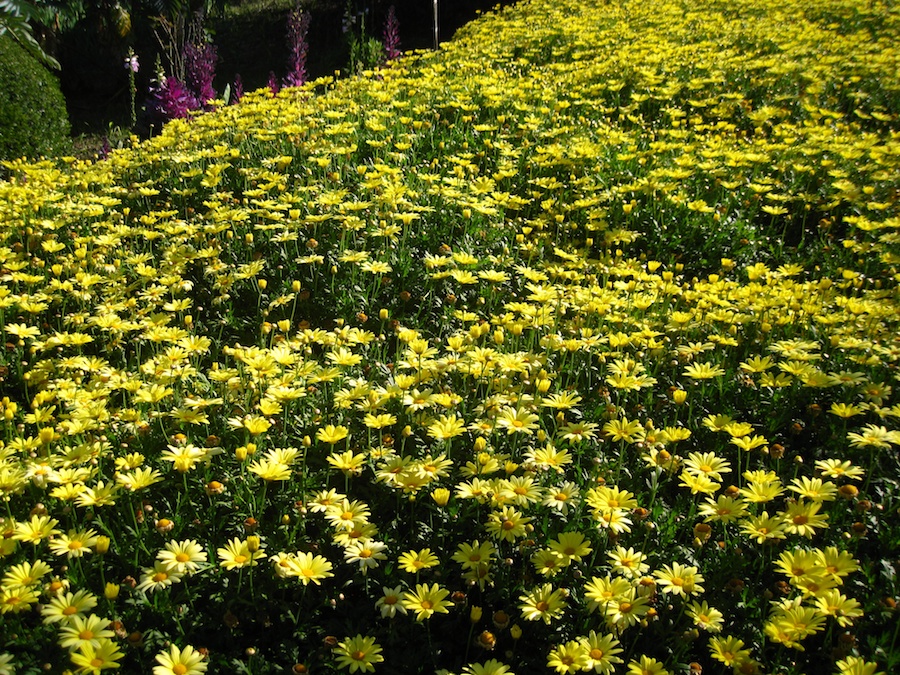
A sea of yellow.... The bee's were busy at work
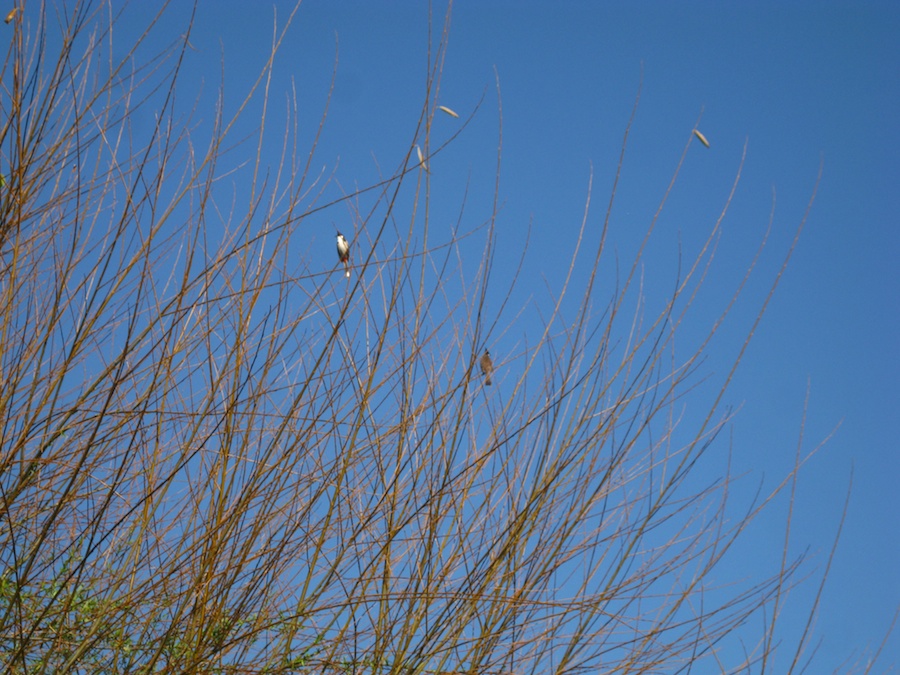
These little birds were LOUD!



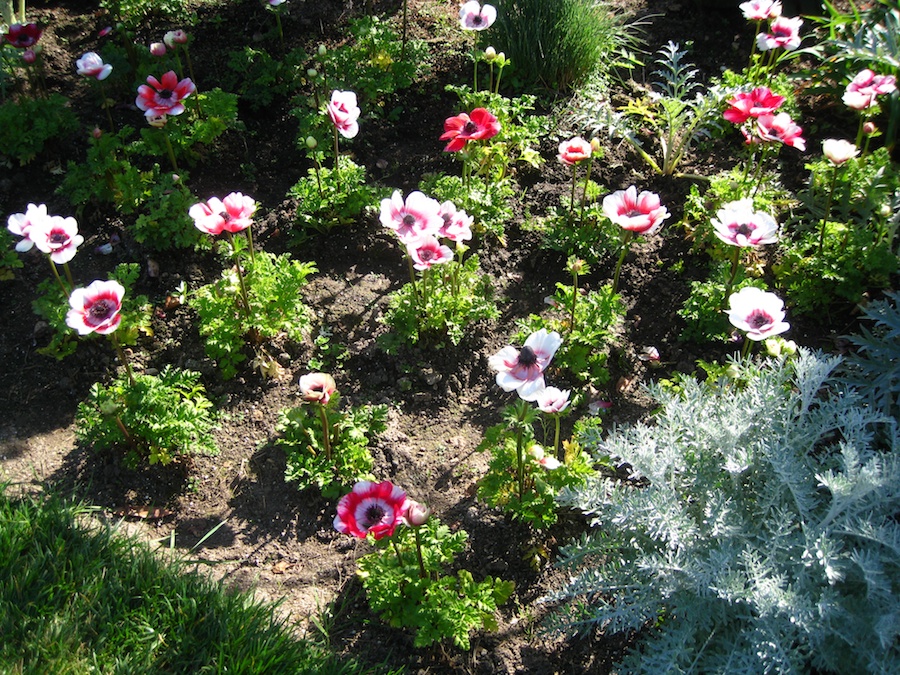
The gardeners have been busy
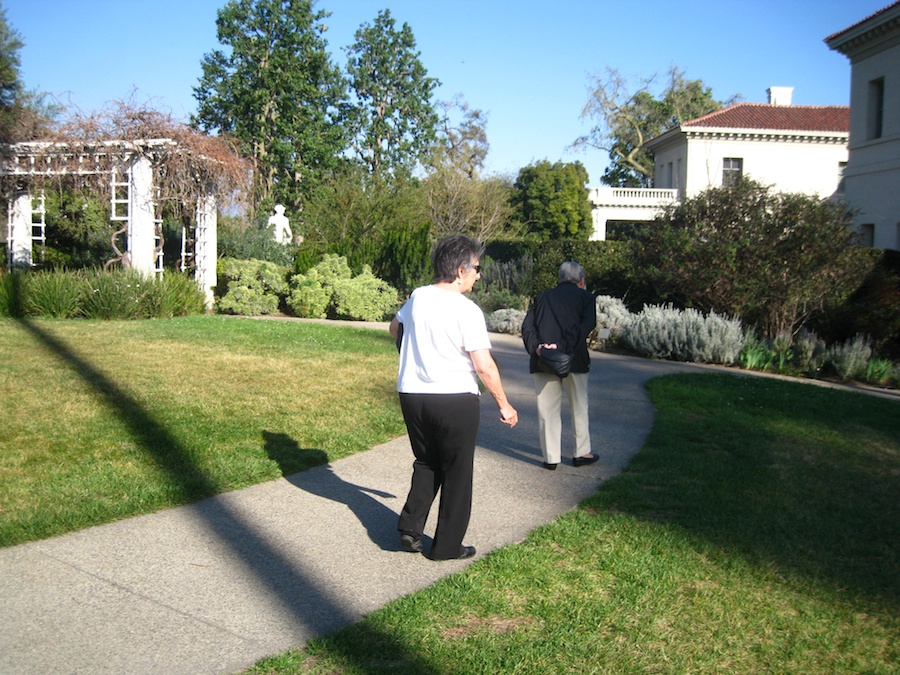
Irene and Sue head for the "Big House"

We did not go in this time.... Save something for April

Greg and Paul had a great idea.... We were voted down
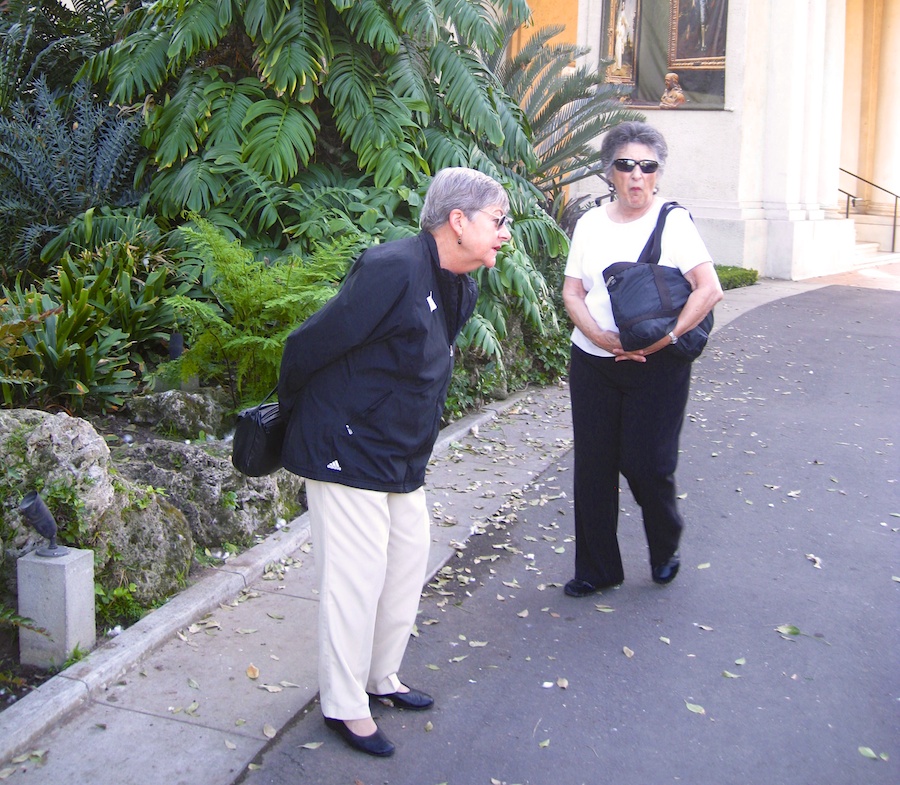
Sue explains the silk tree
Did You Know? - The Huntington Desert Garden is part of The Huntington Library, Art Collections and Botanical Gardens in San Marino, California. The Desert Garden is one of the world's largest and oldest collections of cacti, succulents and other desert plants, collected from throughout the world.
It contains plants from extreme environments, many of which were acquired by Henry E. Huntington and William Hertrich (the first garden curator) in trips taken to several countries in North, Central and South America.
One of the Huntington's most botanically important gardens, the Desert Garden brought together a group of plants largely unknown and unappreciated in the beginning of the 1900s. Containing a broad category of xerophytes (aridity-adapted plants), the Desert Garden grew to preeminence and remains today among the world's finest, with more than 5,000 species in the 10 acre (4 ha) garden.
Mr. Huntington was not initially interested in establishing a Desert Garden. He did not like cacti at all, due to some unfortunate prickly pear encounters during railroad construction work.
But Hertrich was persistent, and, once won over, Mr. Huntington built a railway spur to his garden, to bring in rock, soil and plants by the carload. As Gary Lyons, a later curator, remarked, it's very convenient to have a rail spur, and deep pockets, when you're building a big garden.
A trip to Arizona in 1908 filled three railroad cars for the trip back to the garden.
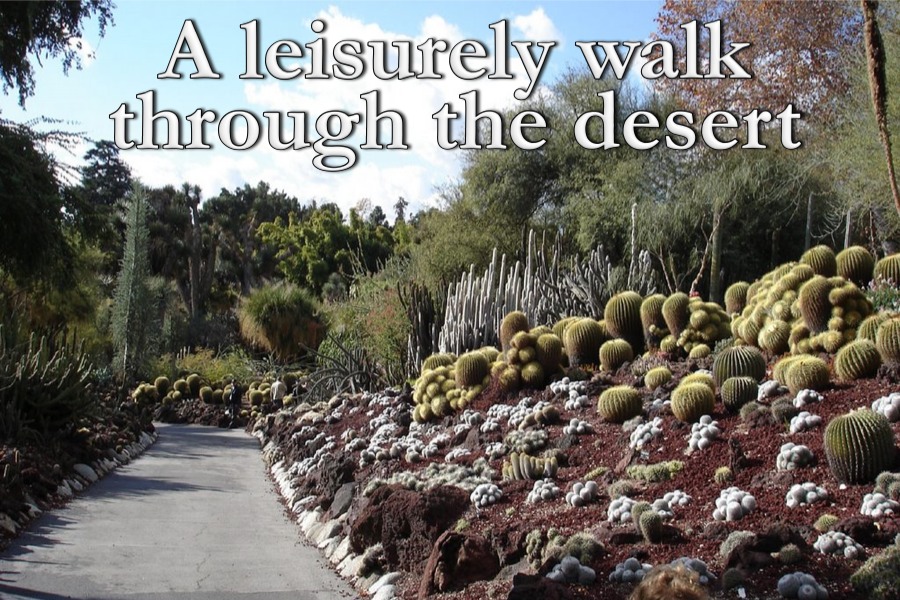

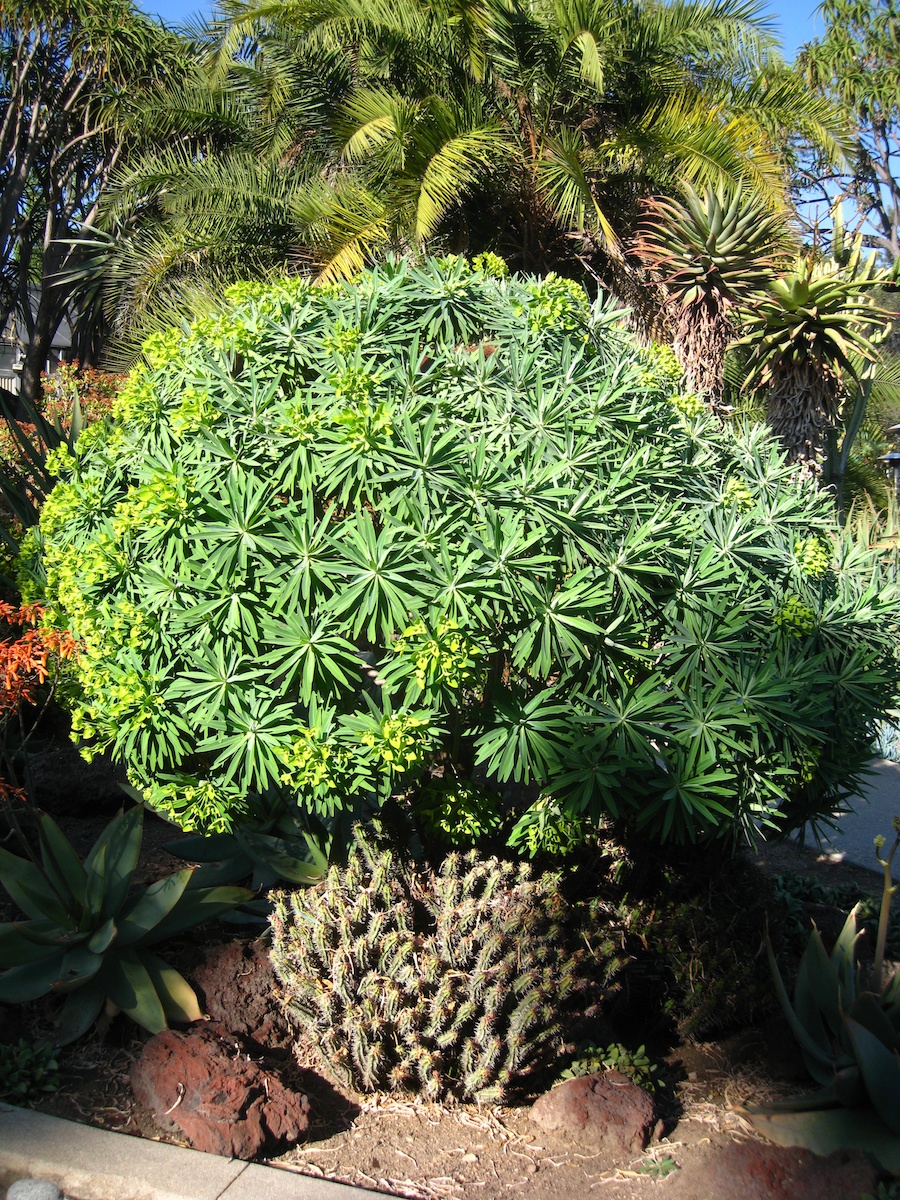
Mother Nature has a strategy

Ice Plant looks blue, grey, and green

The colors against the blue sky are striking

Lime green... Checkout the soon-to-be blossoms at the top
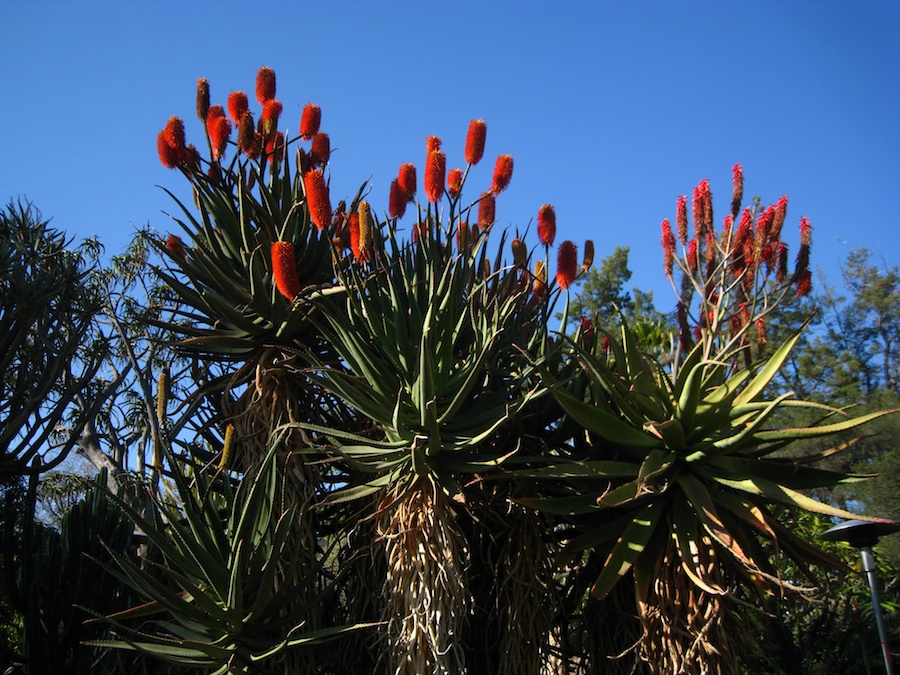
Talk about red....
Looked like torches
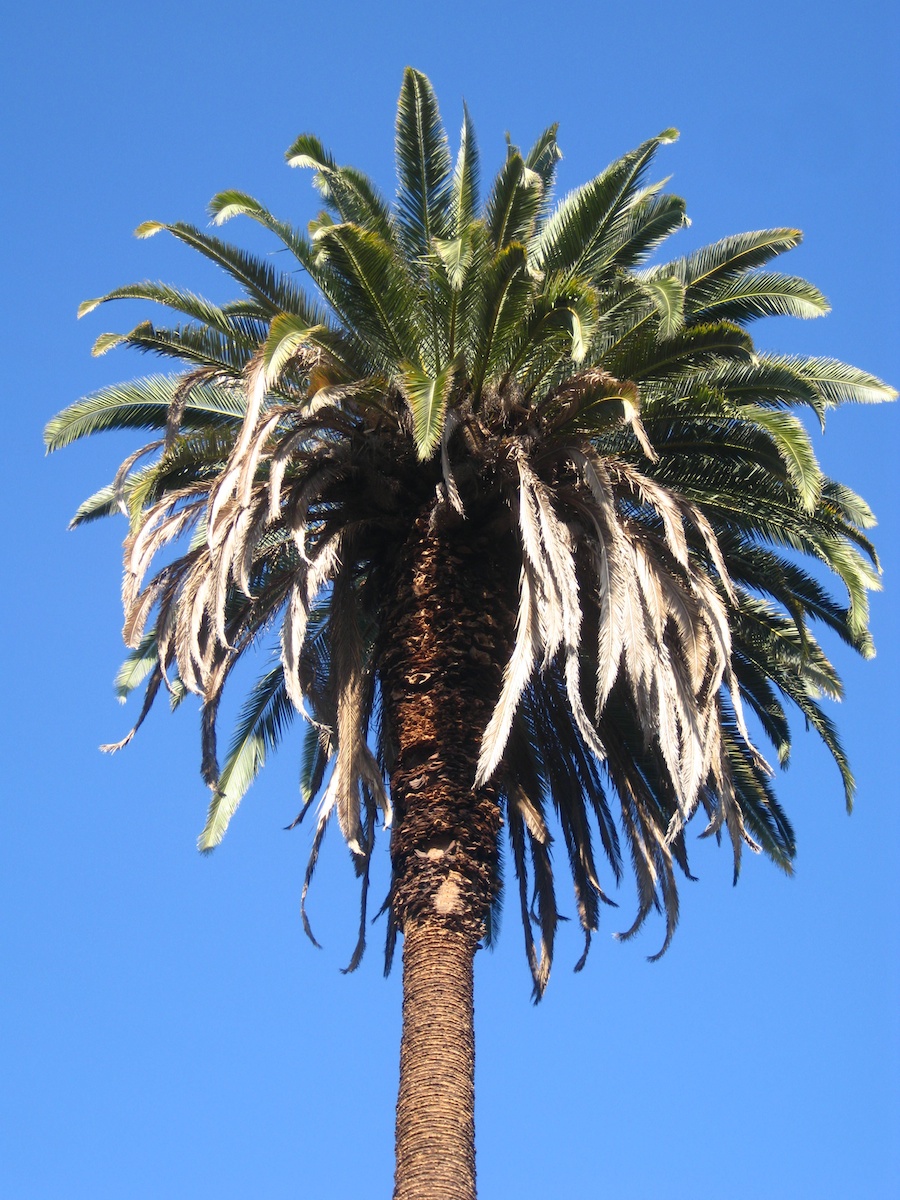
Where are the dates?
Did You Know? - Human use of palms is as old or older than human civilization itself, starting with the cultivation of the date palm by Mesopotamians and other Middle Eastern peoples 5000 years or more ago. Date wood, pits for storing dates, and other remains of the date palm have been found in Mesopotamian sites. The date palm had a tremendous effect on the history of the Middle East. W.H. Barreveld wrote:
"One could go as far as to say that, had the date palm not existed, the expansion of the human race into the hot and barren parts of the "old" world would have been much more restricted. The date palm not only provided a concentrated energy food, which could be easily stored and carried along on long journeys across the deserts, it also created a more amenable habitat for the people to live in by providing shade and protection from the desert winds . In addition, the date palm also yielded a variety of products for use in agricultural production and for domestic utensils, and practically all parts of the palm had a useful purpose."
An indication of the importance of palms in ancient times is that they are mentioned more than 30 times in the Bible, and at least 22 times in the Quran

Many discussions went on about the sizes, shapes and colors
There was however, no teasing..... Right!
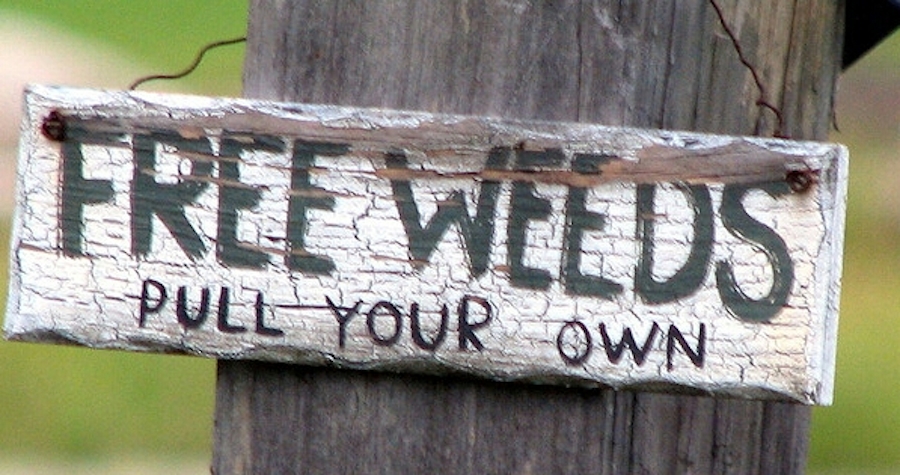
We thought the sign was quite amazing
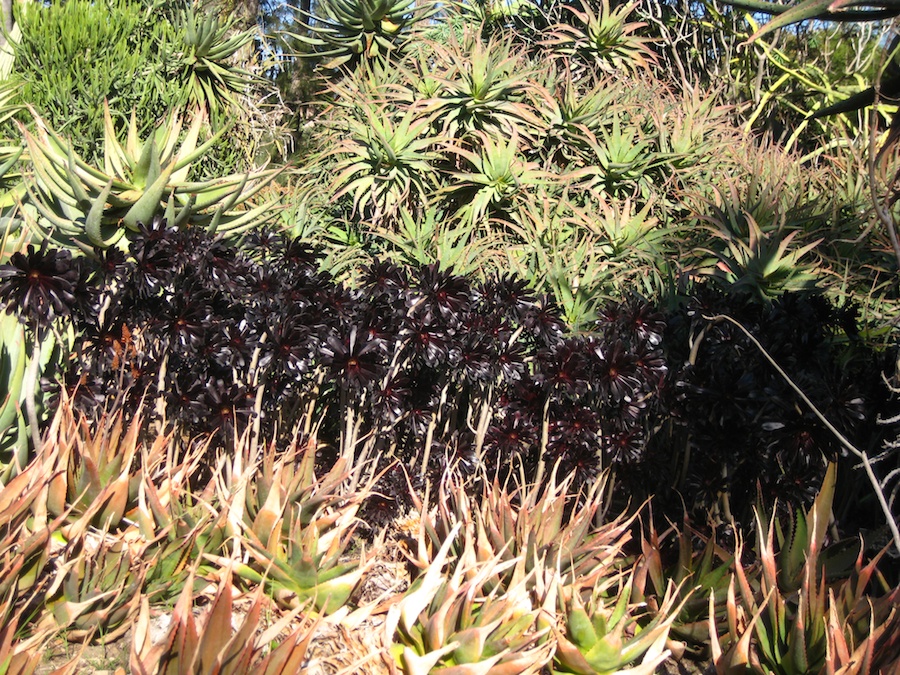
The signs say "Please Stay On Path".... Duh?

Almost looks like Halloween candy
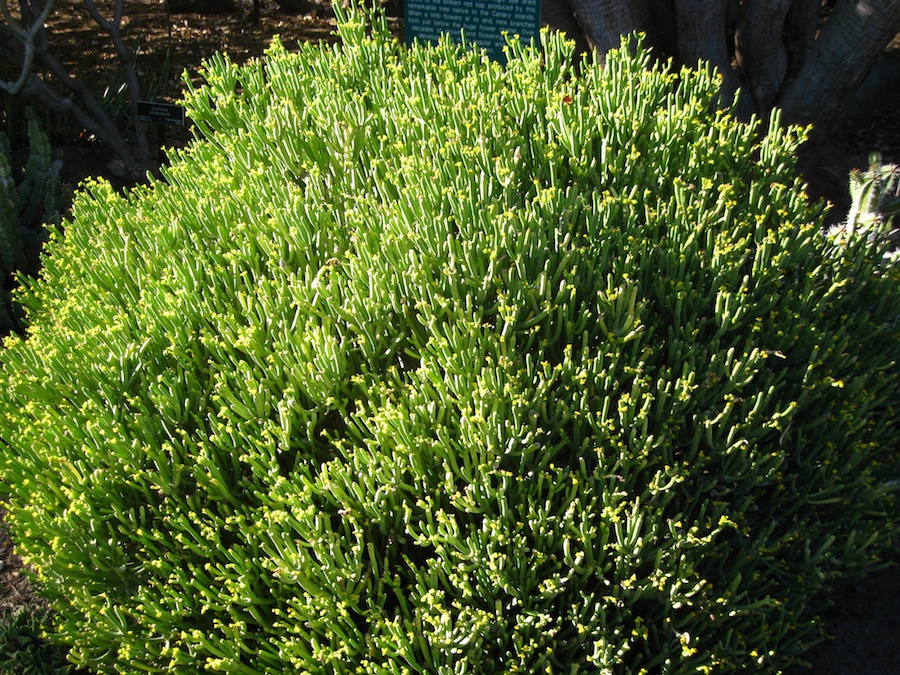
Full of water... Each leaf was "fat"
with moisture

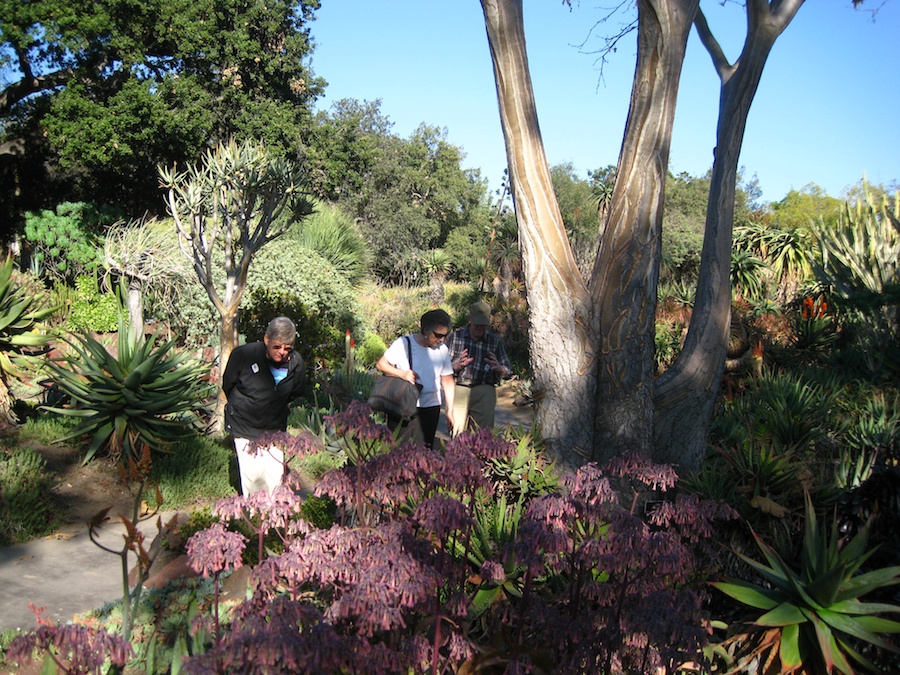
We walked at a leisurely pace for about an hour
stopping to comment on Mother Natures fine work
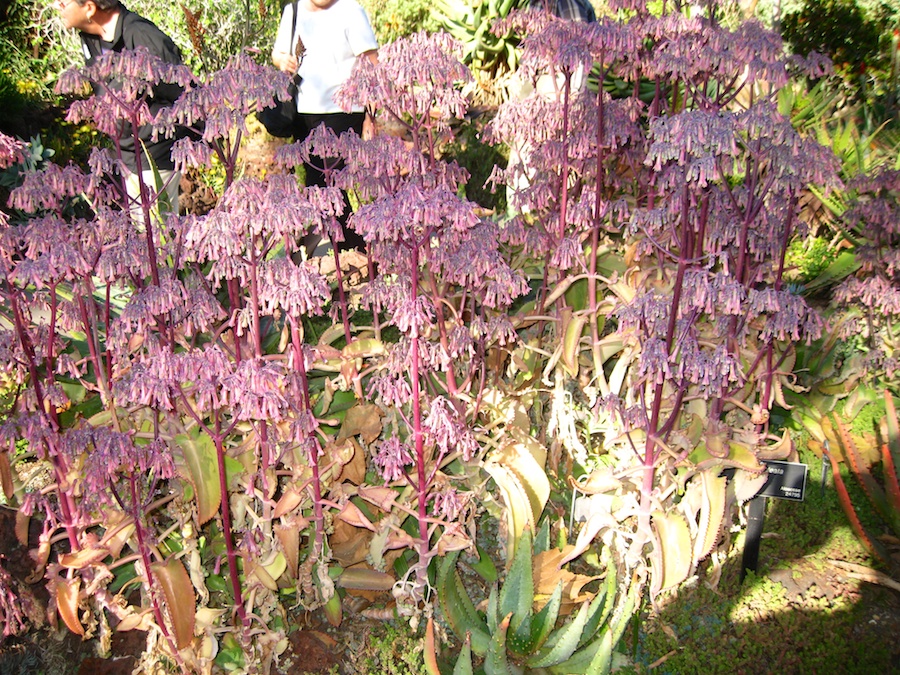
The bee's seemed to be busy
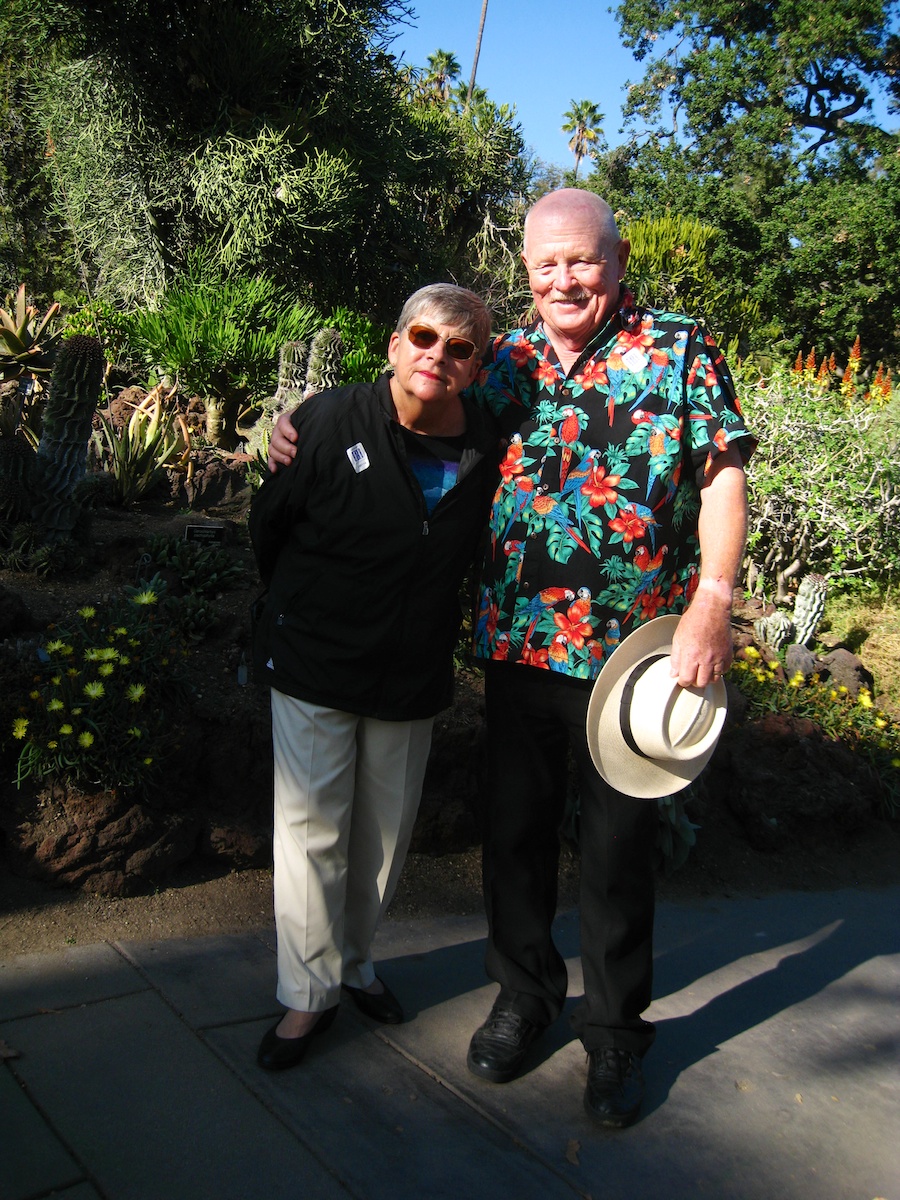
"Well howdy... Yes, we are here"
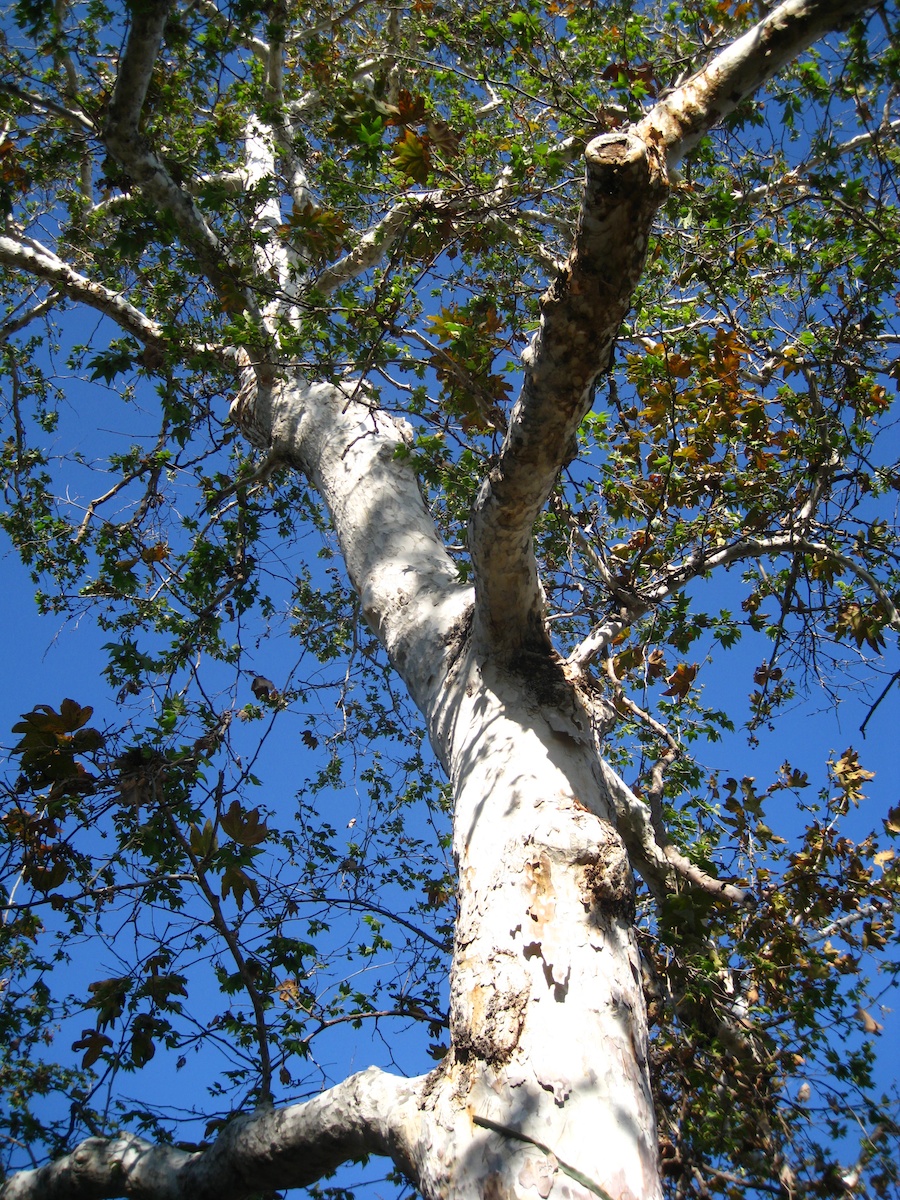
The tree was beautiful set against the bright blue skies this afternoon
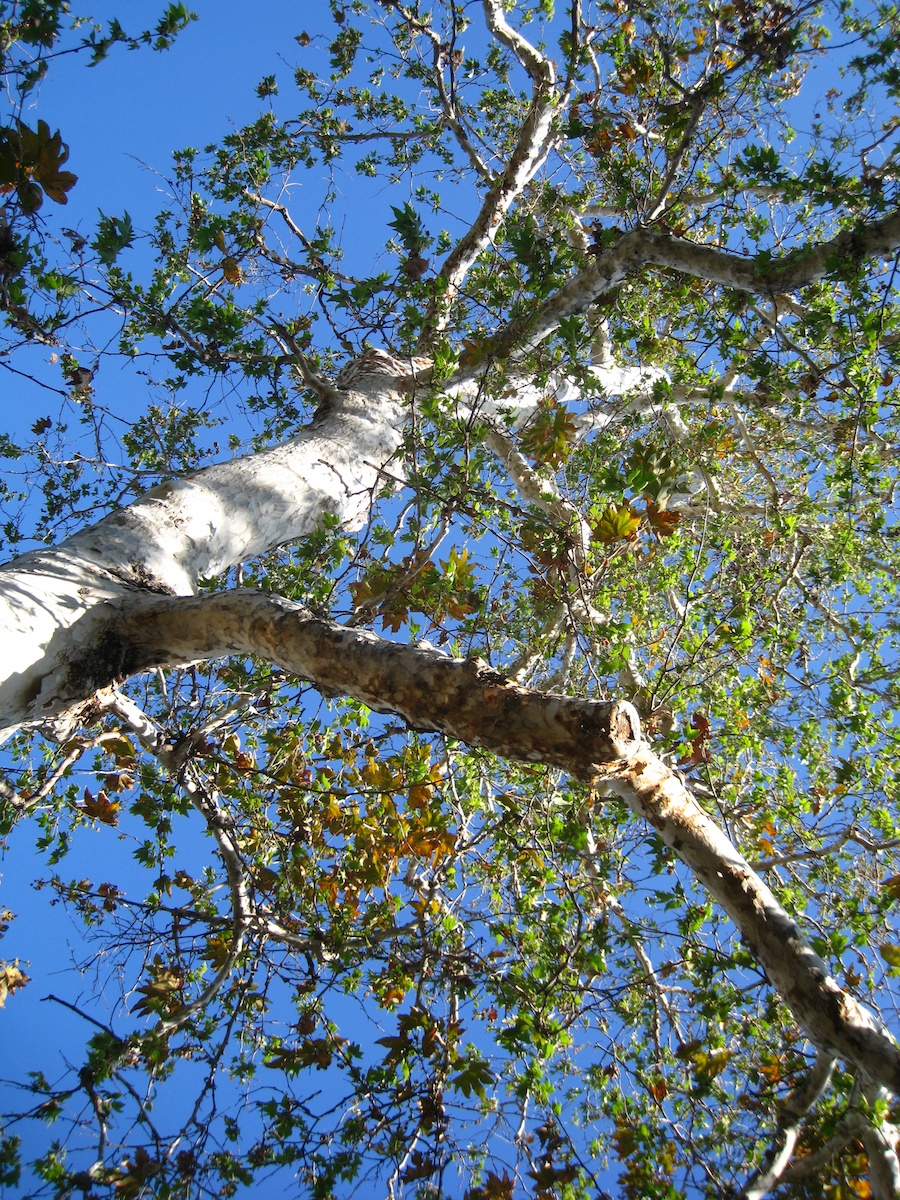
Anyone up for a shimmy??
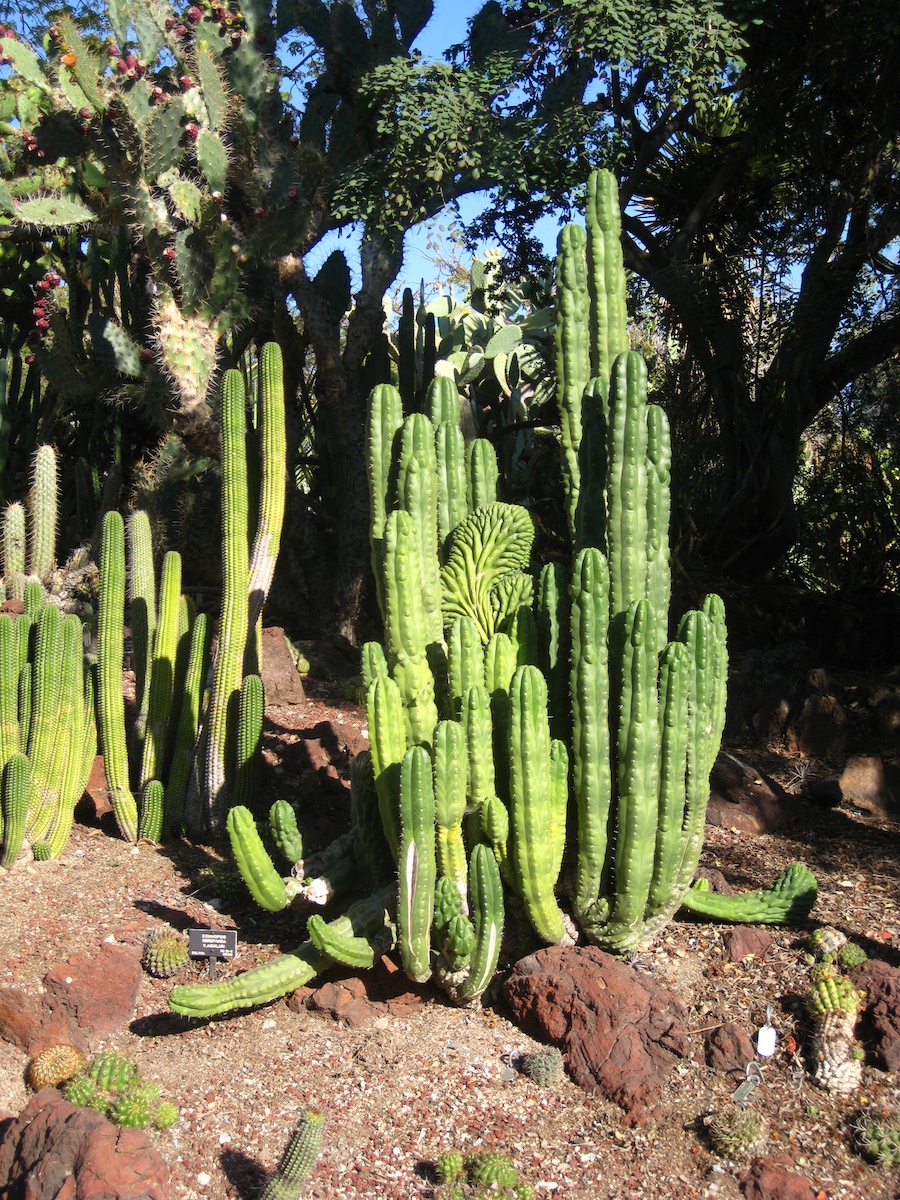
The red rocks and the green plants...
Could it be getting ready for Christmas???
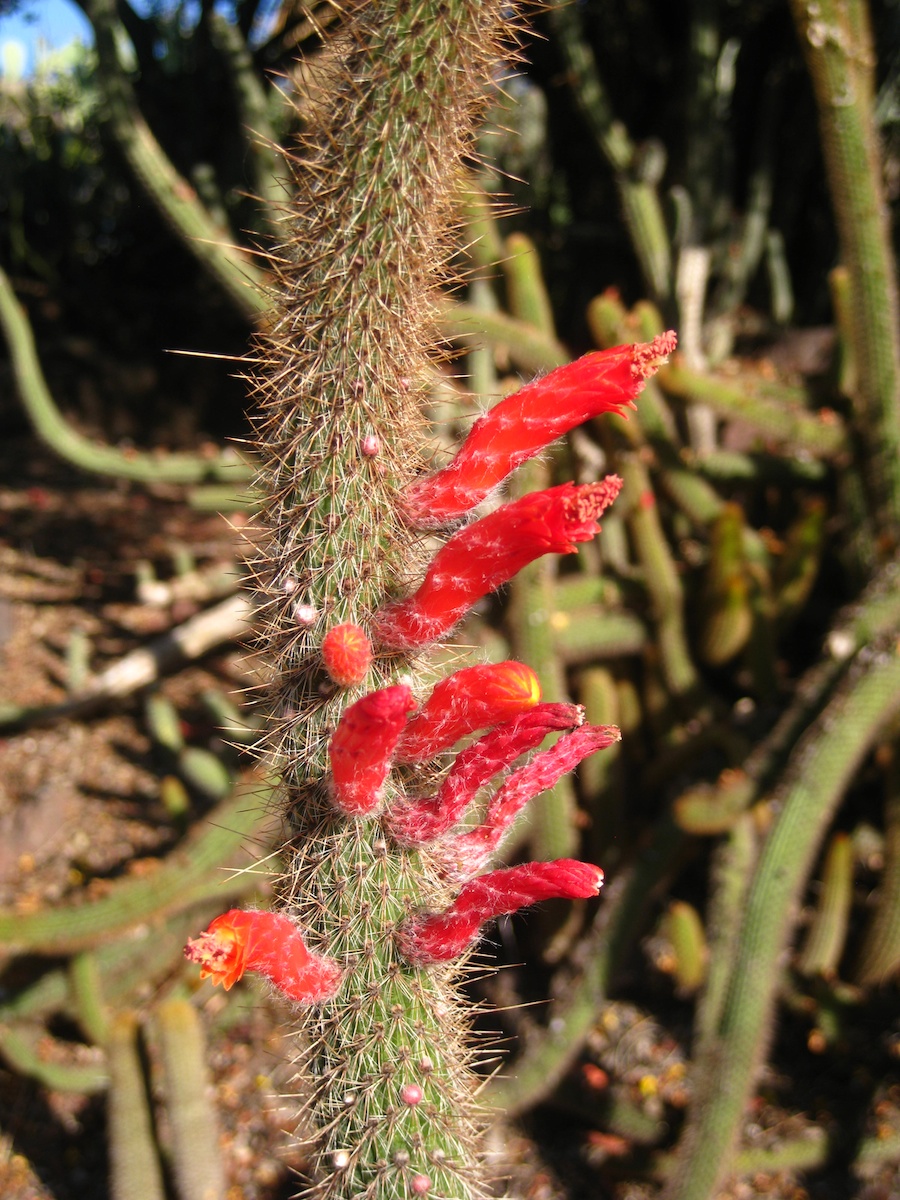
Interesting blossoms... They have to stick out so the birds can get to them
without being punctured by the thorns
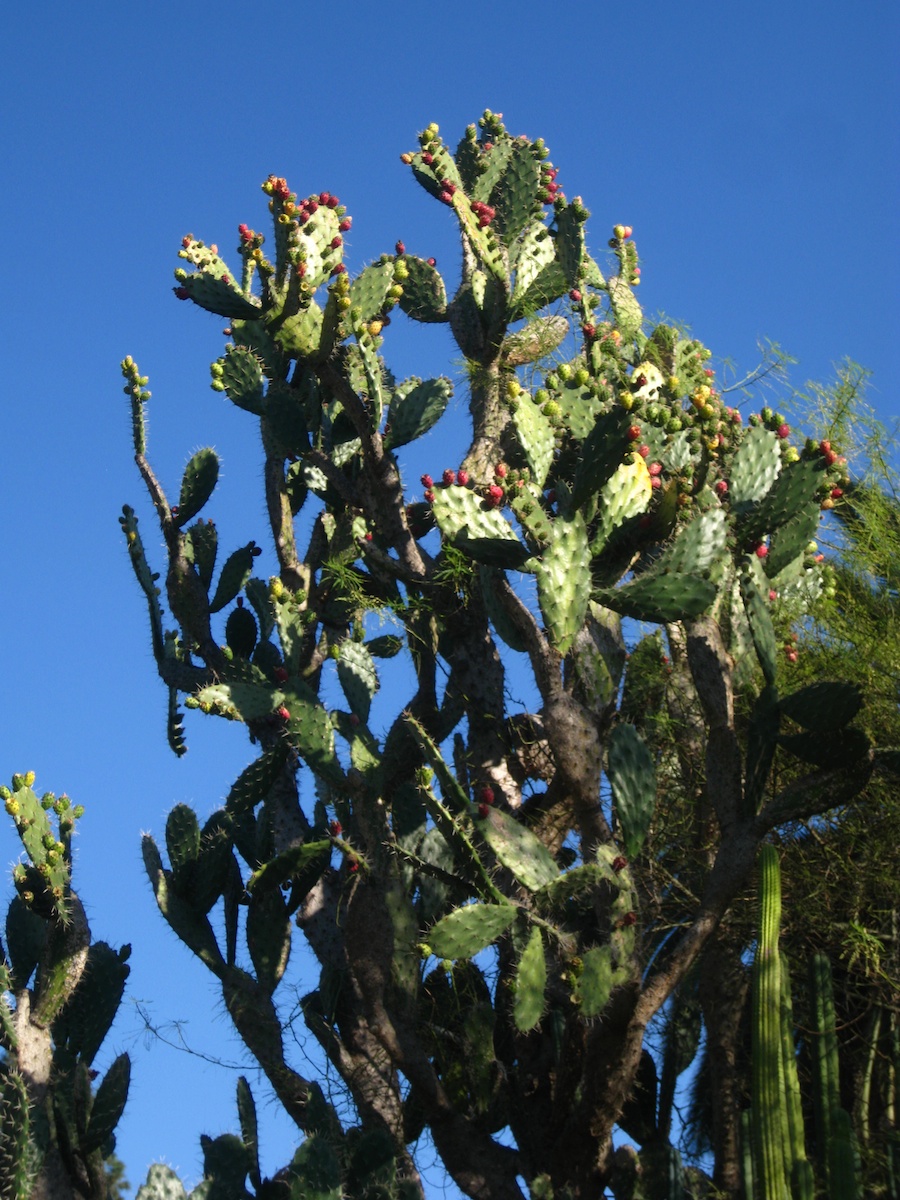
Anyone for climbing up and getting a blossom or two
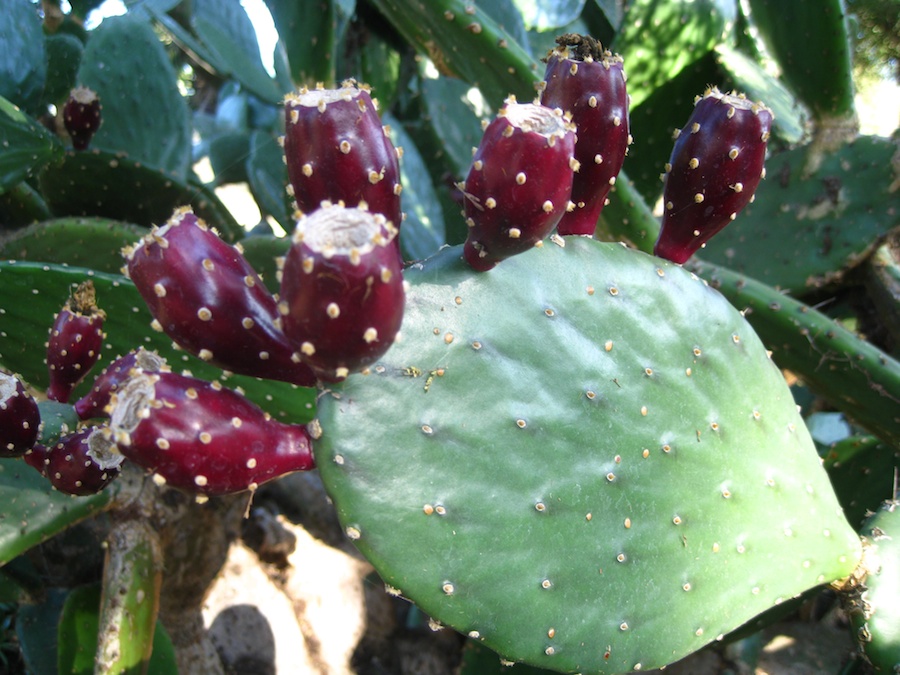
Paddle cactus blossoms are about to burst forth
Did You Know? - Edible cactus is also known as nopales (no-PAH-les), nopalitos, cactus paddles, or cactus pads. This vegetable is popular in Mexico and other Central American countries, parts of Europe, the Middle East, India, North Africa and Australia. Its popularity is increasing in the United States, where it can be found at Mexican grocery stores, specialty produce markets and farmer's markets.
Edible cactus is characterized by its fleshy oval leaves (typically called pads or paddles) of the nopal (prickly pear) cactus.
With a soft but crunchy texture that also becomes a bit sticky (not unlike okra) when cooked, edible cactus tastes similar to a slightly tart green bean, asparagus, or green pepper.
Cactus pads contain beta carotene, iron, some B vitamins, and are good sources of both vitamin C and calcium.
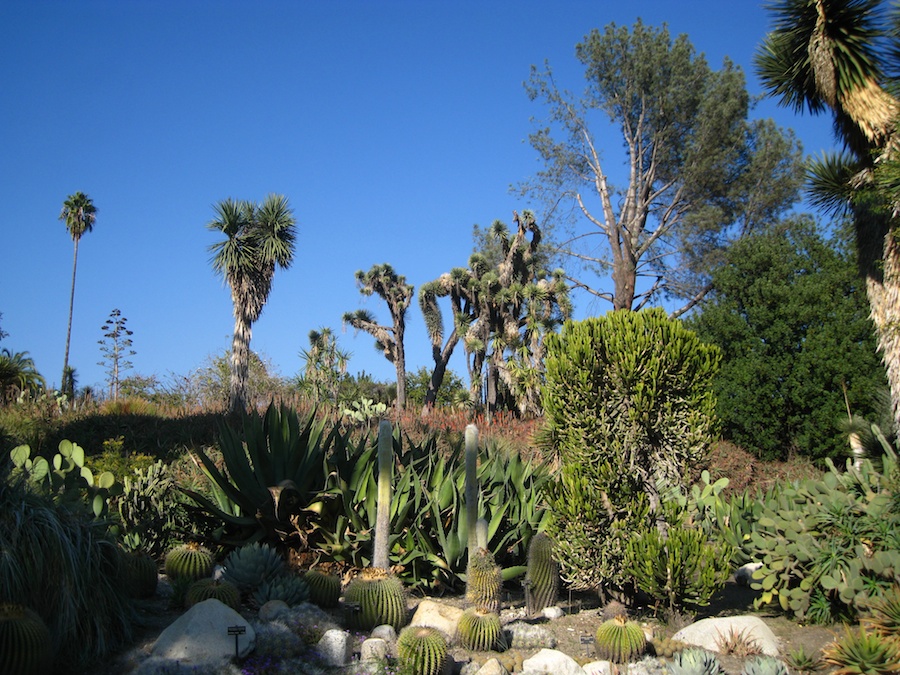
Not a cloud in the sky
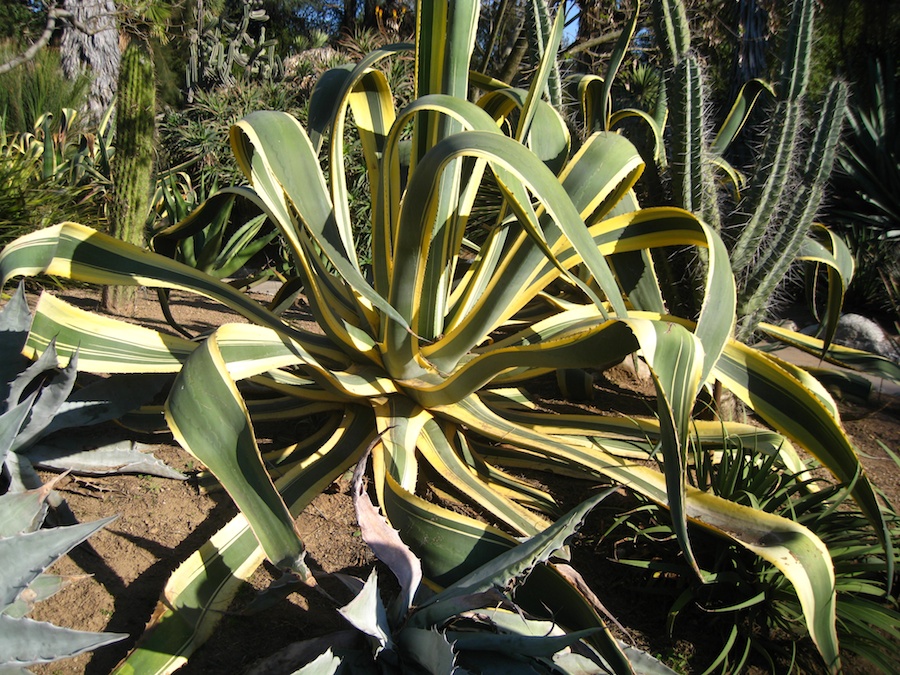
Greens and yellows
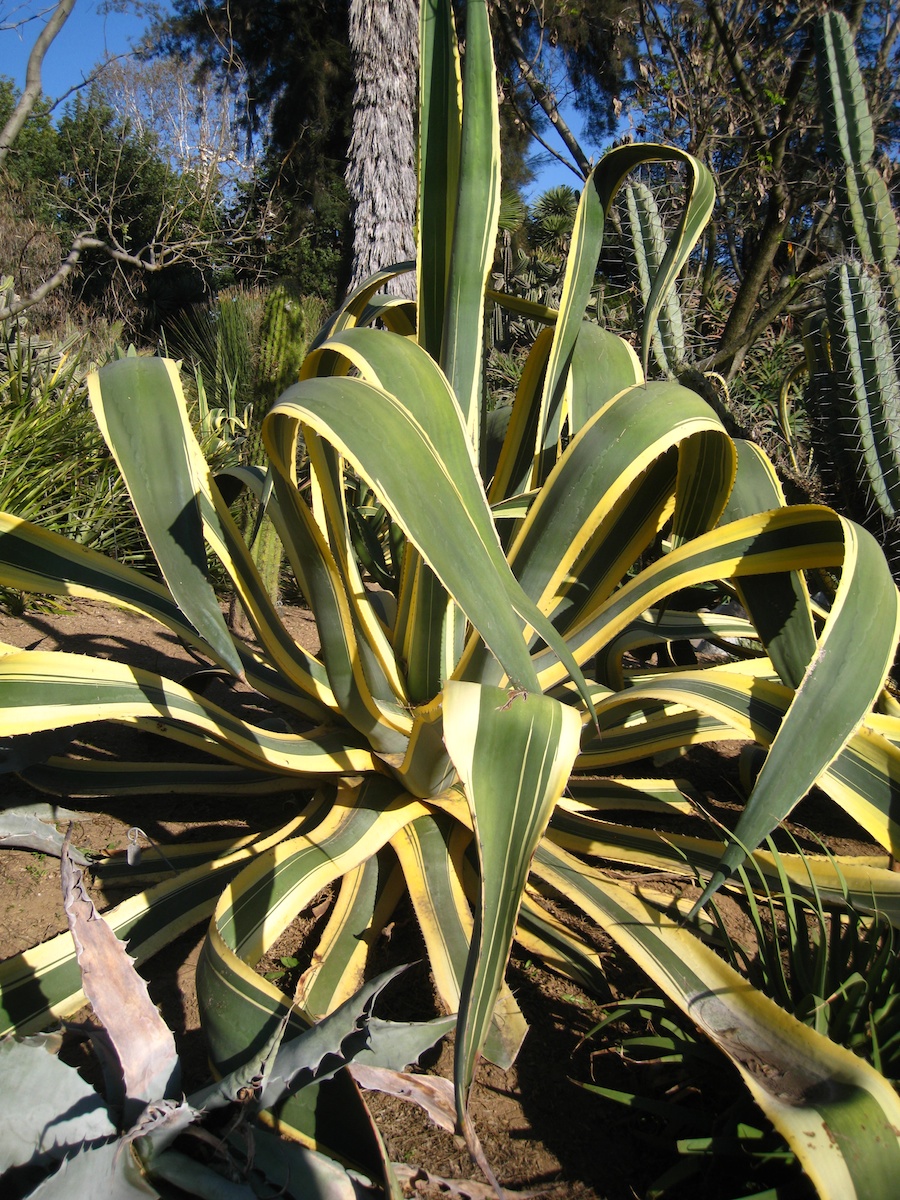
The edges of the leaves were fairly sharp...
They didn't seem to stop the birds
Switching To The Semi-Tropical Gardens (Be On Turtle Watch)

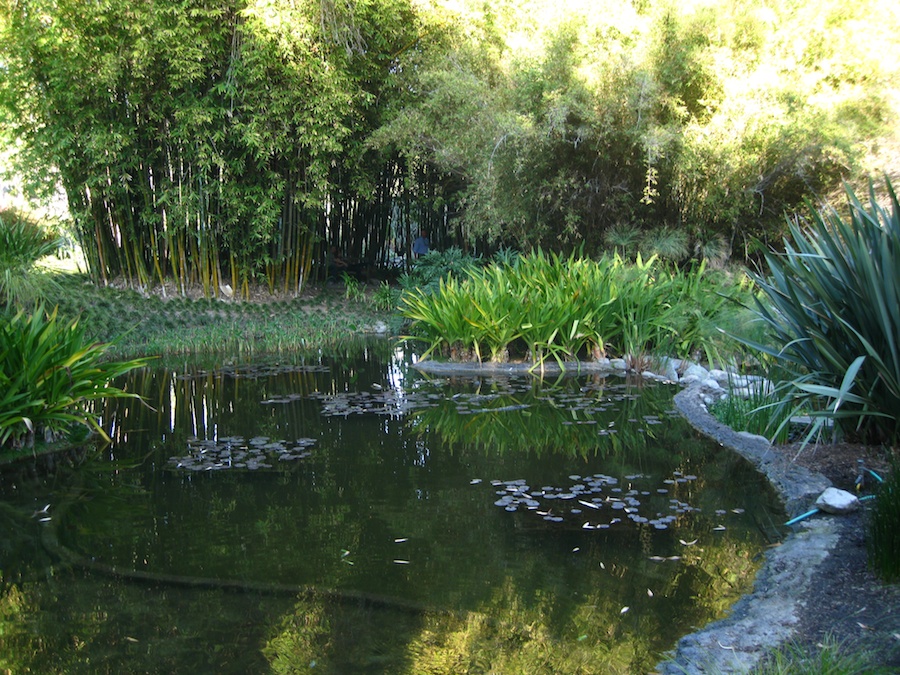
The water was very clear today...
We could see the Koi clearly

No! These are NOT Sue's geese... They are back at Old Ranch

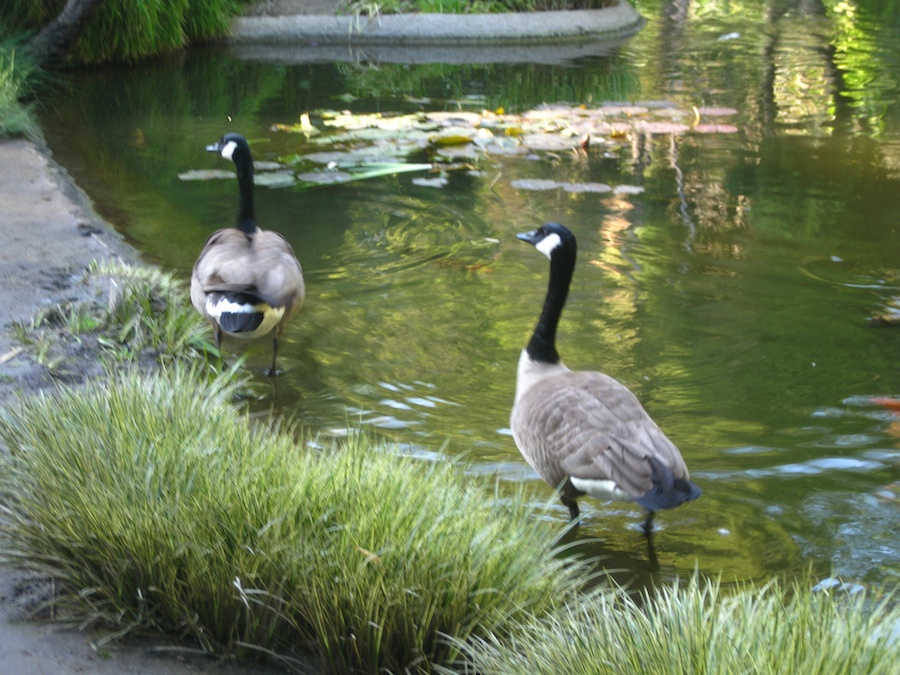
They were fearless.... They would come right up to people
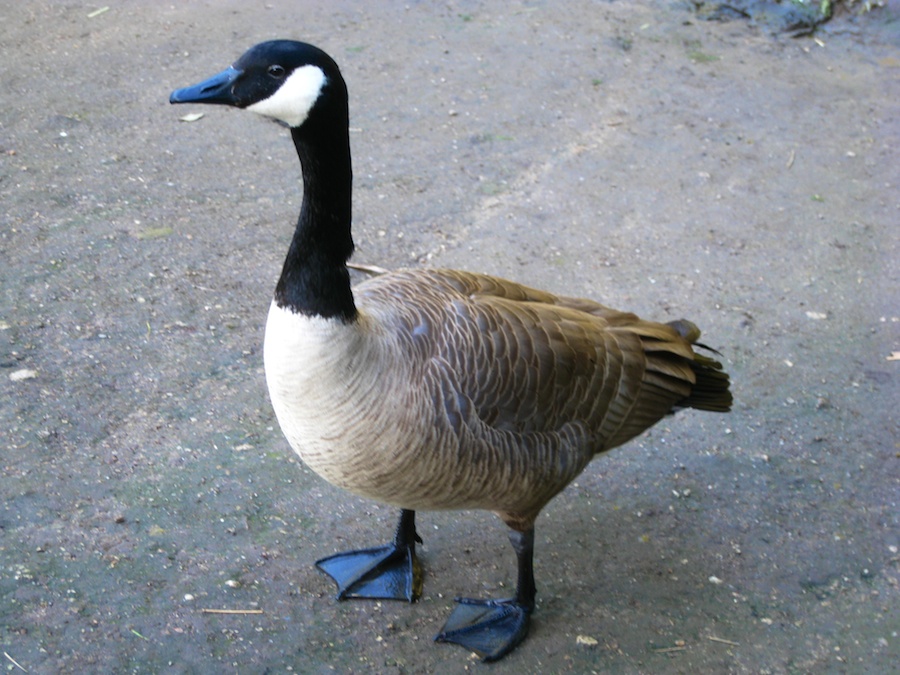
Beautiful animal.... The bill and feet look dark blue
Did You Know? - Canada Geese are primarily herbivores, although they sometimes eat small insects and fish. Their diet includes green vegetation and grains. The Canada Goose eats a variety of grasses when on land. It feeds by grasping a blade of grass with the bill, then tearing it with a jerk of the head.
The Canada Goose also eats beans and grains such as wheat, rice, and corn when they are available. In the water, it feeds from silt at the bottom of the body of water. It also feeds on aquatic plants, such as seaweeds. In urban areas, they are also known to pick food out of garbage bins.
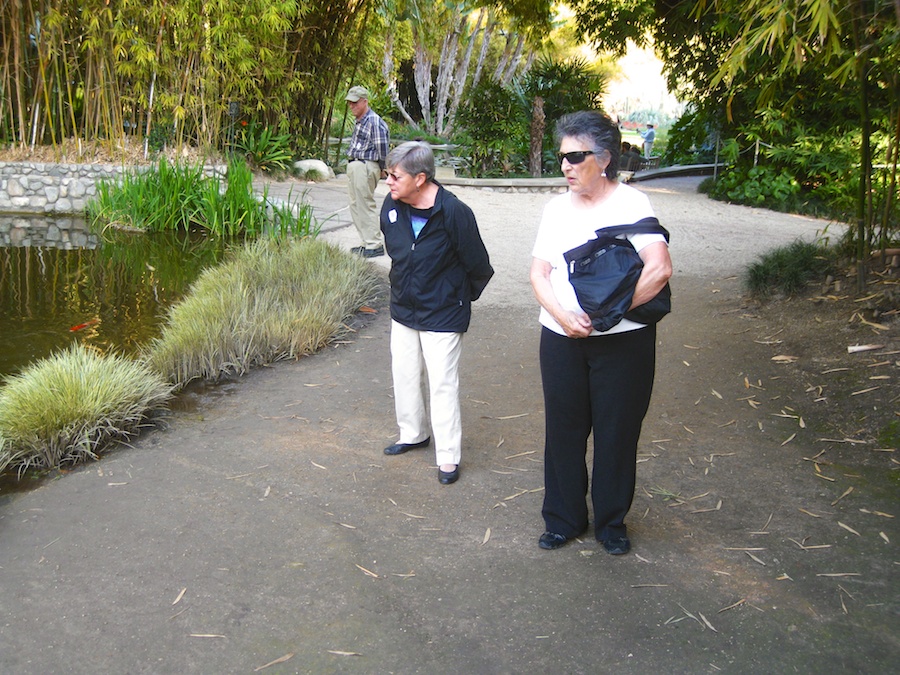
Everyone is watching out for turtles
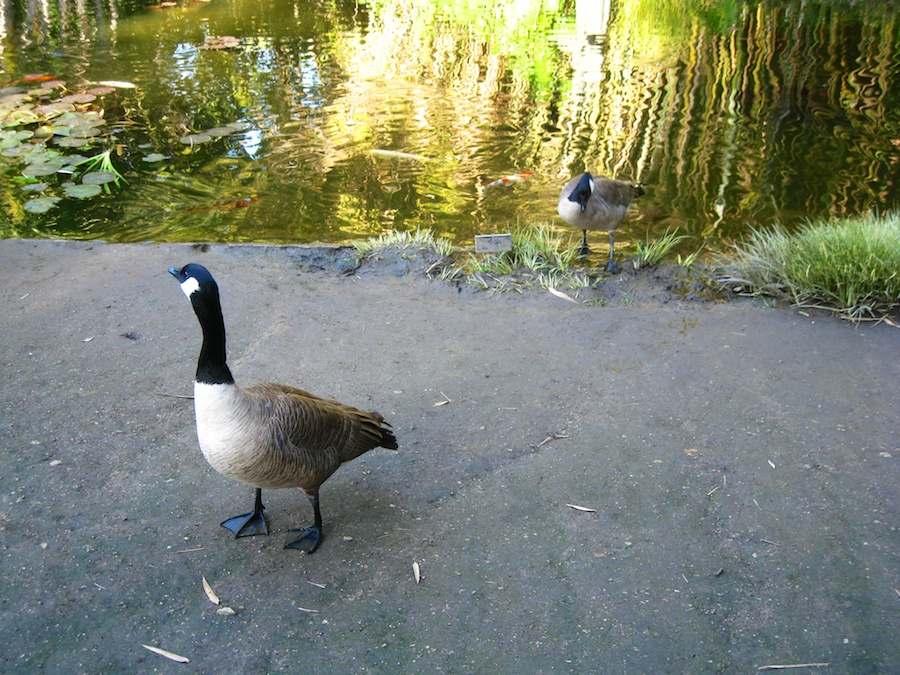
"Come on honey.... These people might feed us!"
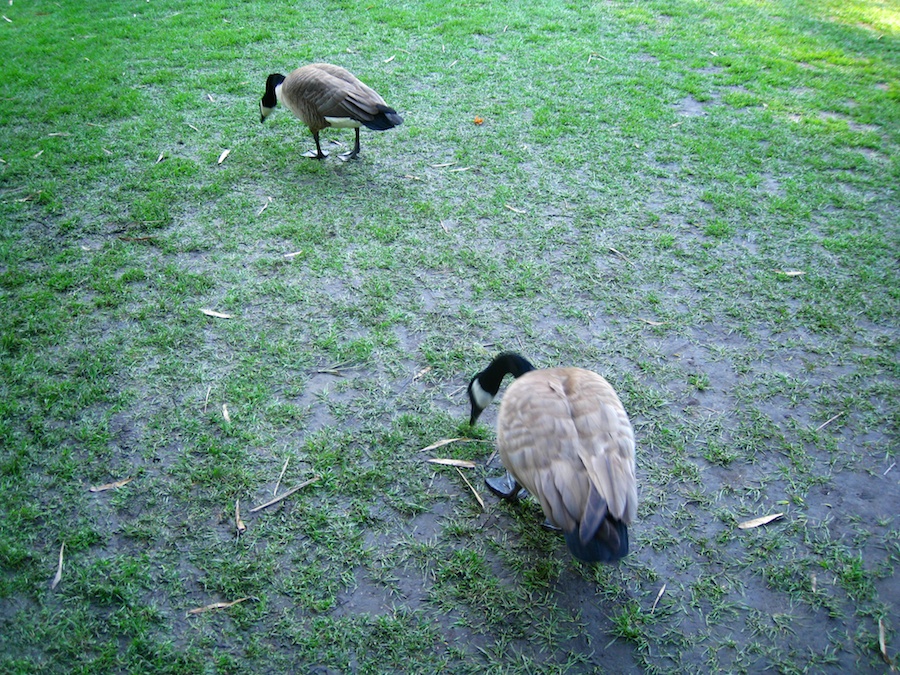
"Sorry Dear... They didn't bring any food... Back to grass and worms"

They were not bothered by people
Did You Know? - In North America, non-migratory Canada Goose populations have been on the rise. The species is frequently found on golf courses, parking lots and urban parks, which would have previously hosted only migratory geese on rare occasions.
Owing to its adaptability to human-altered areas, it has become the most common waterfowl species in North America. In many areas, non-migratory Canada Geese are now regarded as pests by humans. They are suspected of being a cause of an increase in high fecal coliforms at beaches. An extended hunting season, deploying noise makers, and hazing by dogs have been used in an attempt to disrupt suspect flocks.
Since 1999, The United States Department of Agriculture Wildlife Services agency has been engaged in lethal culls of Canada Geese primarily in urban or densely populated areas. The agency responds to municipalities or private land owners, such as golf courses, who find the geese obtrusive or object to their waste. Addling goose eggs and destroying nests are promoted as humane population control methods.
Geese have a tendency to attack humans when they feel themselves or their goslings to be threatened. First the geese will stand erect, spread their wings and produce a hissing sound. Next, the geese will charge. They may then bite or attack with their wings.
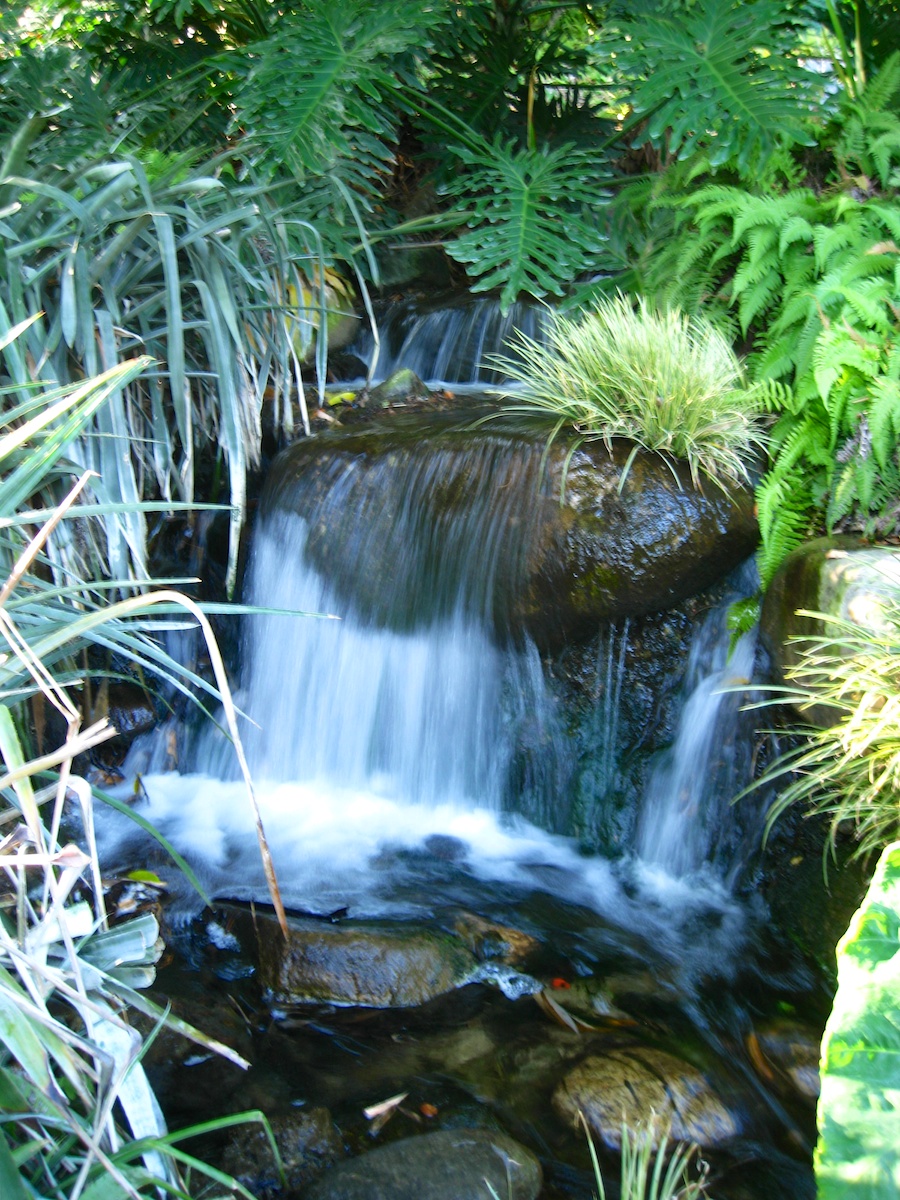
Lovely waterfall... Picture taken with no flash
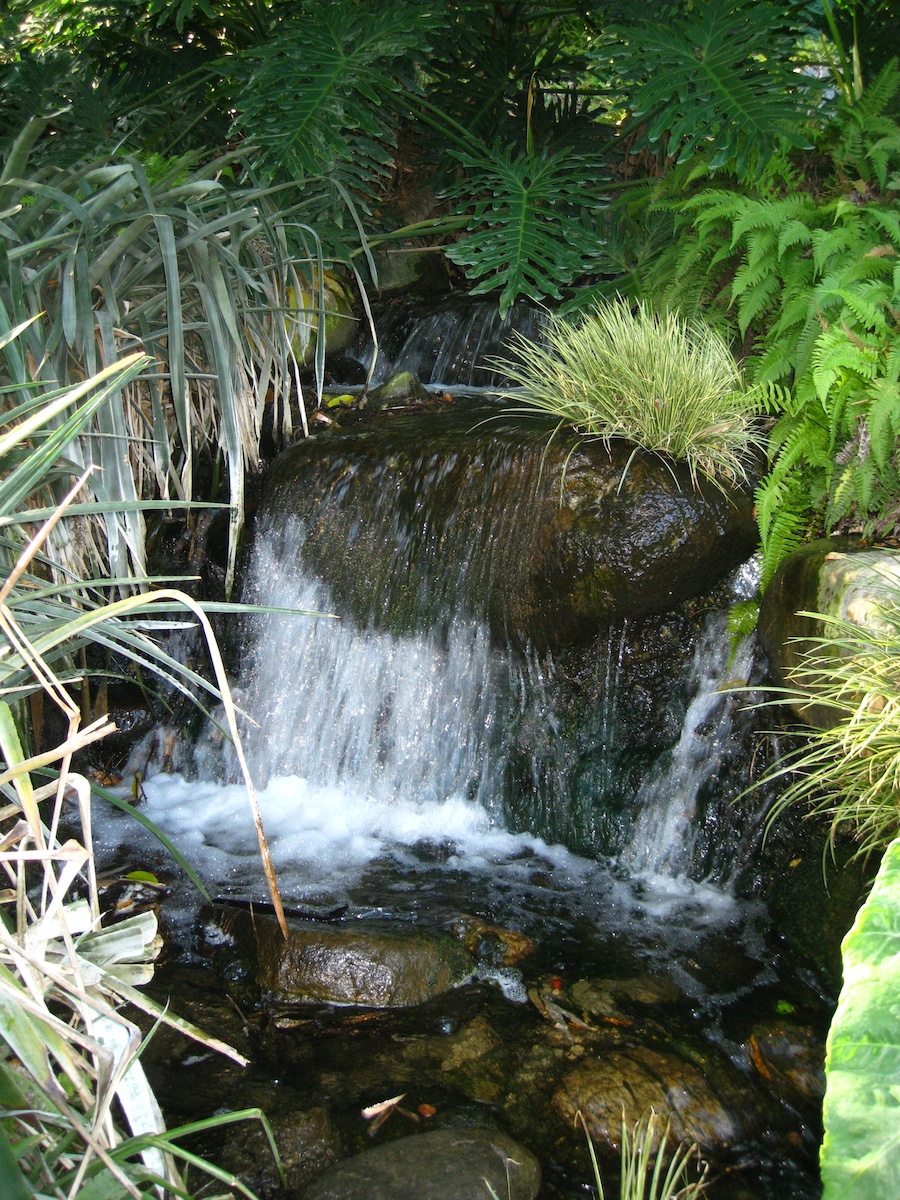
Same place but with flash engaged....
Did You Know? - There are many types of waterfalls!
Ledge Waterfall: Water descends vertically over a vertical cliff, maintaining partial contact with the bedrock.
Block/Sheet: Water descends from a relatively wide stream or river.
Classical: Ledge waterfalls where fall height is nearly equal to stream width, forming a vertical square shape.
Curtain: Ledge waterfalls which descend over a height larger than the width of falling water stream.
Plunge: Fast moving water descends vertically, losing complete contact with the bedrock surface. The contact is typically lost due to horizontal thrust of the water before it falls. It always starts from a narrow stream.
Punchbowl: Water descends in a constricted form and then spreads out in a wider pool.
Horsetail: Descending water maintains good contact with bedrock most of the time.
Slide: Water glides down maintaining continuous contact.
Ribbon: Water descends over a long narrow strip.
Chute: A large quantity of water forced through a narrow, vertical passage.
Fan: Water spreads horizontally as it descends while remaining in contact with bedrock.
Cascade: Water descends a series of rock steps.
Tiered/Multi-step/Staircase: A series of waterfalls one after another of roughly the same size each with its own sunken plunge pool.
Cataract: A large, powerful waterfall
Segmented: Distinctly separate flows of water form as it descends.
Catadupa: A cataract or waterfall, originally those of the Nile. The term catadupae refers to people inhabiting near such cataracts; there are suppositions that these people are deaf due to the constant din.
Tide Fall: A waterfall that directly empties into the sea or ocean.
Frozen: Any waterfall which has some element of ice.
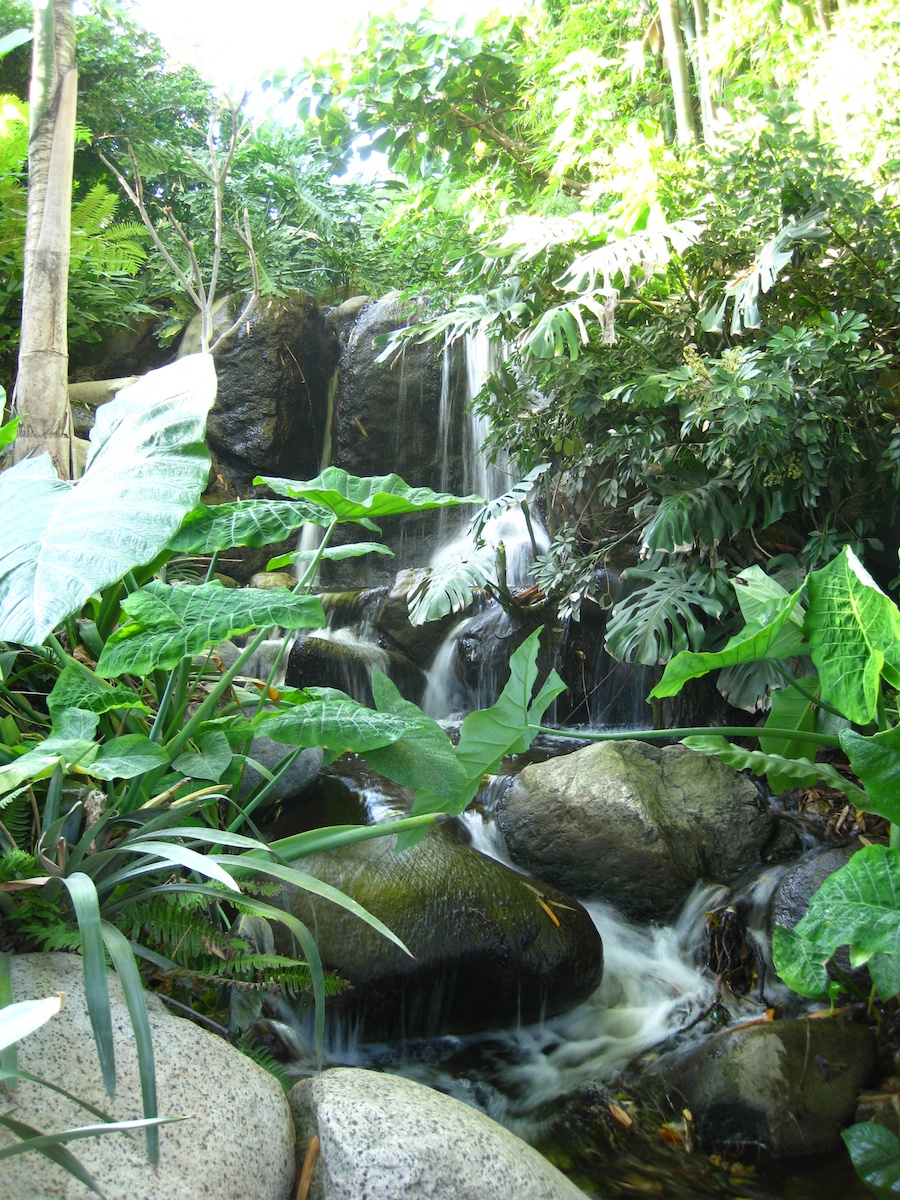
The sounds drowned out everything else...
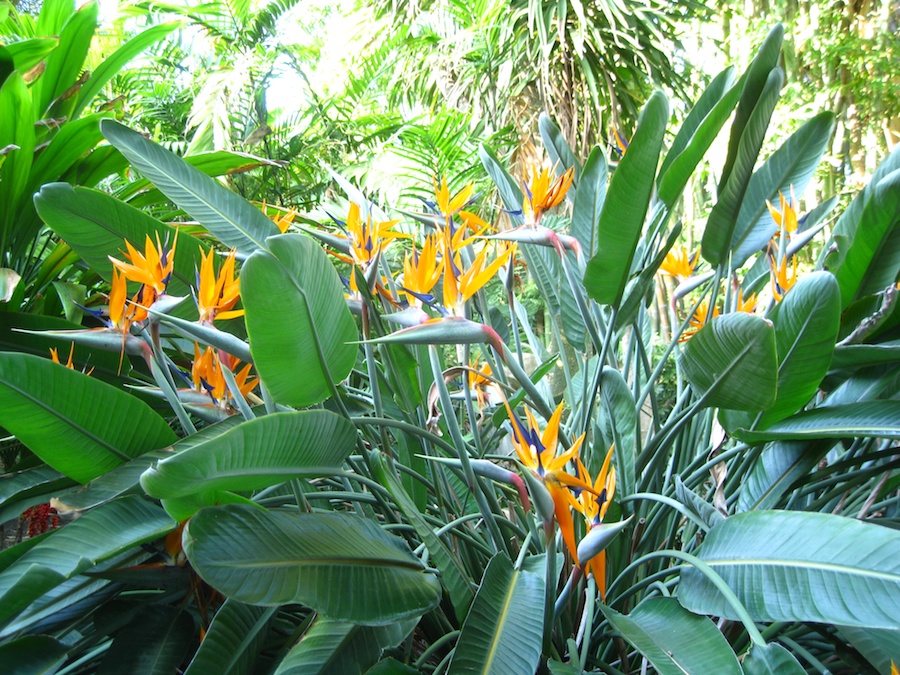
The birds of paradise were in full regalia
Did You Know? - S. reginae is very popular as an ornamental plant. It was first introduced to Europe in 1773, when it was grown at the Royal Botanic Gardens, Kew. Since then, it has been widely introduced around the world, including the Americas and Australia, growing well in any area that is sunny and warm.
In the United States, Florida and California are the main areas of cultivation, due to their warm climate. It is a common ornamental plant in Southern California, and has been chosen as the Official Flower of the City of Los Angeles. It has gained the Royal Horticultural Society's Award of Garden Merit.
It is propagated by division or from seeds, and is a low-maintenance plant that is easy to grow in the garden; it is fairly tolerant of soil conditions and needs little water once established. If cared for well, they will flower several times in a year.
They will thrive in rich loamy soil, especially when they get plenty of water throughout the year. They do well in full sun to semi-shade and respond well to regular feeding with a controlled release fertiliser and compost. They are sensitive to cold and need to be sheltered from frost, as it can damage the flowers and leaves.
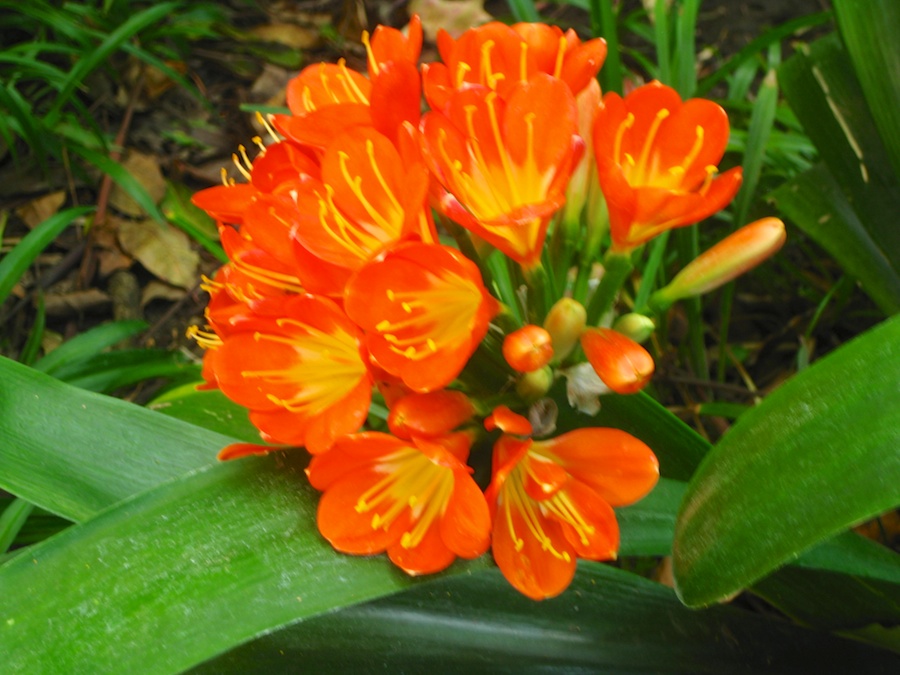
Bam... The orange jumps right out at you
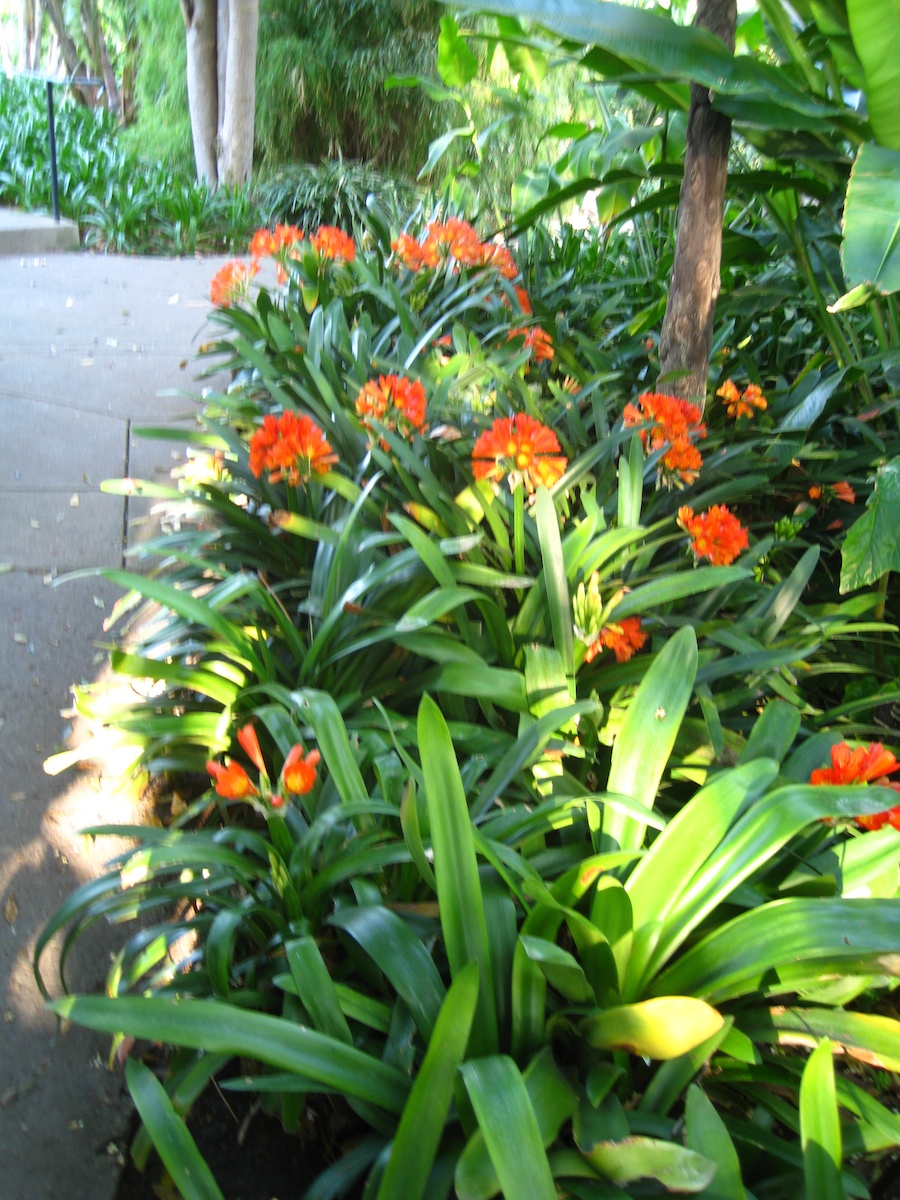
The pathway was lined with bright colors

"Irene, I've got you on the Greg-Cam"

"Magnificent"
